Posted by on
30/06/2024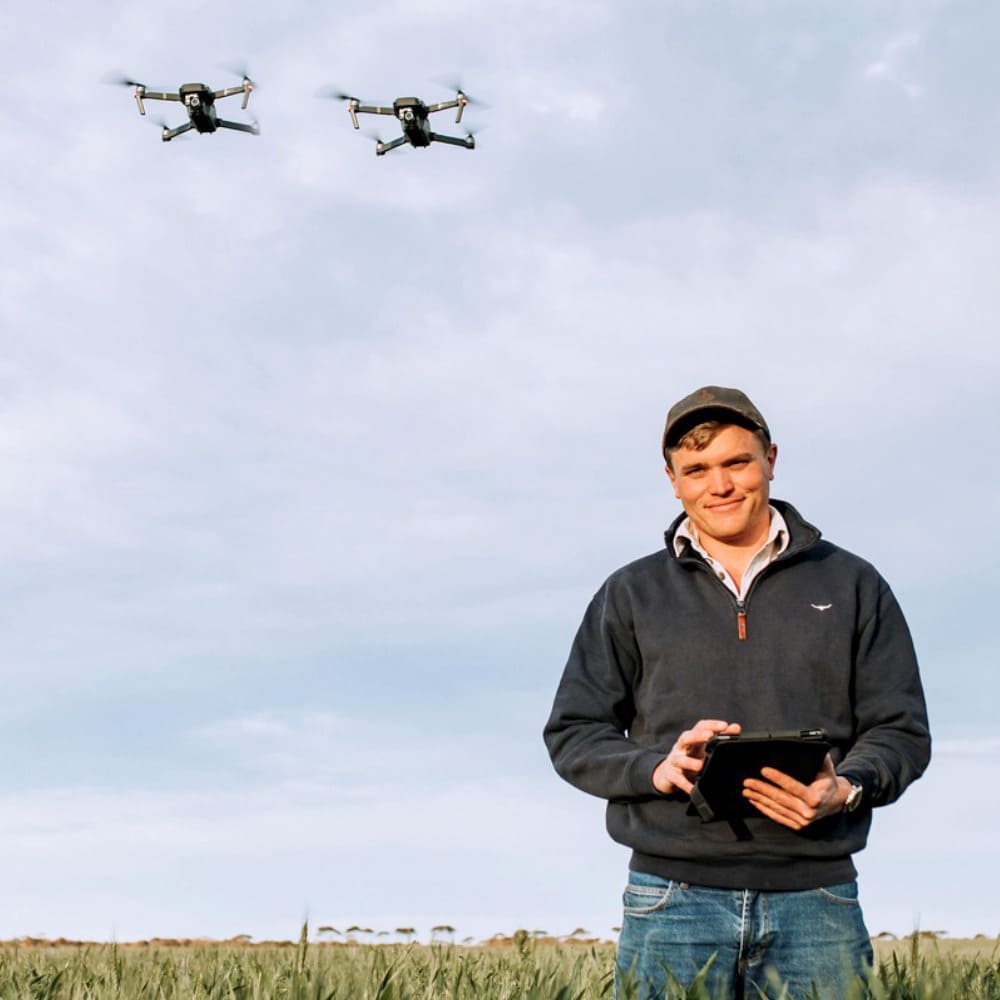
In a triumph of productivity, Western Australian grain grower Brad Egan has transformed his marginal cropping land into high-value soils, all thanks to data-driven decision making.
Brad, together with his parents Gavin and Elaine, runs the family’s 3,400-hectare broadacre cropping operation in the Esperance region, farming in some of Australia’s sandiest soils.
The constraints and challenges farming in the region were significant, and amplified after the 2019 drought – and although Brad had faith in the potential of the operation, he knew it would take a dramatic shift to capitalise on his vision.
An operation that faced numerous challenges
A guest speaker at last year’s Rabobank Farm2Fork Summit, Brad proved an audience highlight, his presentation ‘Innovation for impact, gut feeling vs data-driven results’ resonating with producers across all commodities.
Brad – who was named the 2022 Young Farmer of the Year thanks to his vision and innovation – outlined the challenges the operation faced.
“Here in the Scaddan district we have extremely variable soil types, ranging from deep light sands to sands over clay duplexes to heavier limestone loams,” he explained. “Those sands are very challenging, they suffer from non-wetting, waterlogging and compaction, which makes it difficult to grow a good crop.”
In addition, the subsoil clays beneath these sands were boron toxic and sodic, all their soils were low in fertility, nutrition, and with an average soil organic carbon level of just 0.9 percent in their topsoil.
On top of all this, Brad said they also faced prevalent dryland salinity.
“Our climate has also been challenging us, as we’ve been experiencing a long-term trend of declining rainfall, and we’re also faced with more frequent extreme events such as frosts and heat shock.”
“In fact we’ve been at below average rainfall for the past five years in a row, which is a worry given we’re a dryland operation, and we’ve had three of the driest years on record over the past six years –2018, 2019 and 2020 were all sub-200mm growing season rainfall events.”
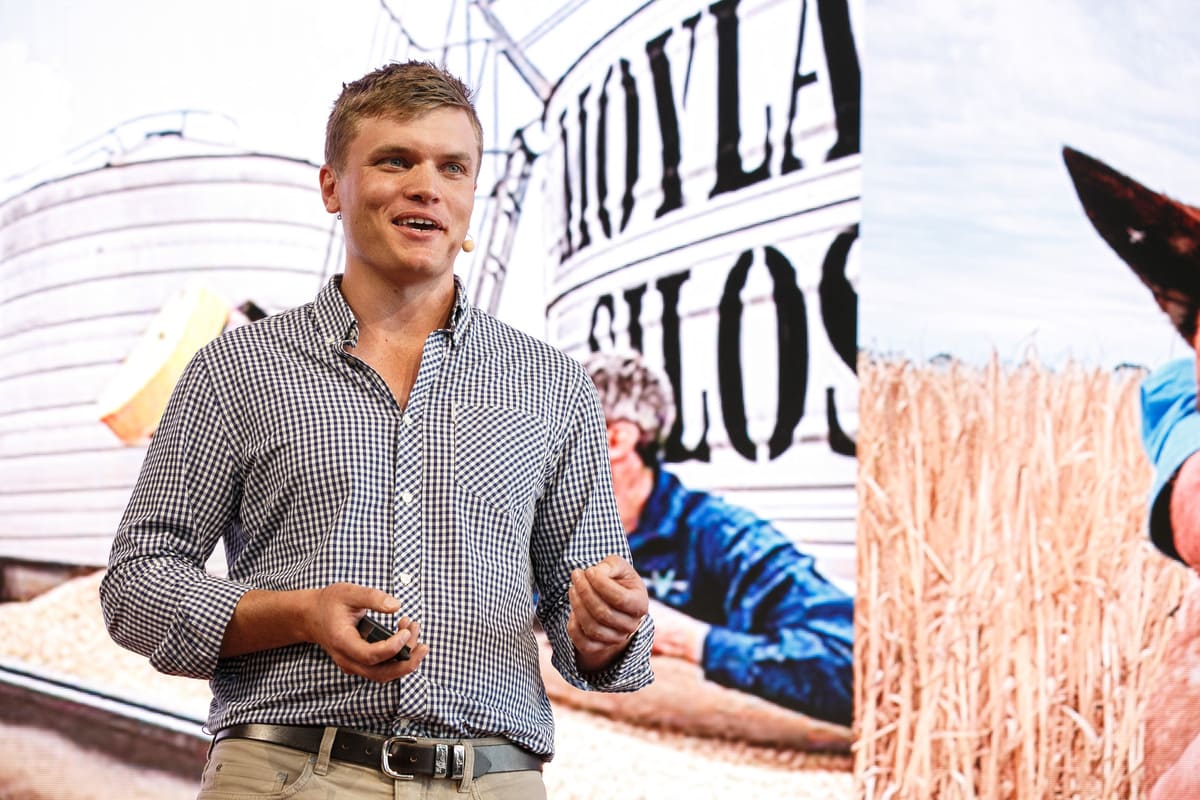
Brad presenting at the 2023 Rabobank Farm2Fork Summit
Like all farmers, external pressures were also challenging the Egans’ business, with their cost of production “skyrocketing” in the past few years, mainly due to input prices of fertiliser and chemical rising significantly and supply chain issues.
Whilst the high commodity prices provided a silver lining, Brad was cautious of the volatile market.
Increasing land prices and interest rates also challenged expansion aspirations.
The Egans’ fork in the road came off the back of the 2019 season, their worst year on record, in which they received just 220mm for the whole year and, in conjunction, endured the worst frosts on record – including a two-night frost event in which flowering wheat spent over 16 hours under -2 degrees celsius.
Using data to improve outcomes
Brad explained that due to this poor production year, the family was advised reduce spending for the 2020 season – which dashed Brad’s plans to invest in soil amelioration.
“I knew to improve our soils we needed to spend on clay spreading, but at a cost of upwards of $2,000 per hectare we found ourselves at a crossroads.”
“We were advised to pull back from the budget but I had a strong gut feeling, even though I’d only been home for a few years, that we should go ahead and push forward rather than retreat.”
“I didn’t have the data, I didn’t have the knowledge and more importantly I didn’t have the assuredness in myself to go ahead, so I pulled together all the data I could into a spreadsheet, determining the various costs, yield responses and returns on investment.”
Brad – who laughs that he loves a good spreadsheet – then used these numbers, backed by the on-the-ground experience of his family, to demonstrate his confidence in the decision, and they went ahead, as planned, with clay spreading in 2020.
“It wasn’t just to justify to our advisers, but it was our own validation that we knew with confidence that what we were doing was right.”
Due to the hostile environment, Brad said their operation had to become much better at doing more with less.
“Luckily there are opportunities at our disposal to achieve this, and on our farm the lowest hanging fruit is soil amelioration.”
“We do a lot of soil amelioration on farm such as clay spreading, delving, deep ripping and spading, mainly all centred around trying to increase the clay content of our really sandy soils.”
Using innovation to increase productivity
Whilst the Egans’ began their soil amelioration program on a small scale, what began as 10 or 20-hectare increments annually has now grown to over 200 hectare projects.
“Our summers seem to have gone from playing in the sand at the beach, to playing in the sand in the paddock.”
But it’s a worthwhile sacrifice, with their soils now enjoying higher water-holding capacity and greater nutrient availability to the plant.
Precision ag techniques have also allowed for increased efficiency, and Brad said they implement many precision ag techniques on farm, with variable rate control being chief amongst them.
“This allows us a far more targeted variable rate application of our inputs and all forms of application on our property are variable rated, which means we’re far more efficient and have less wastage.”
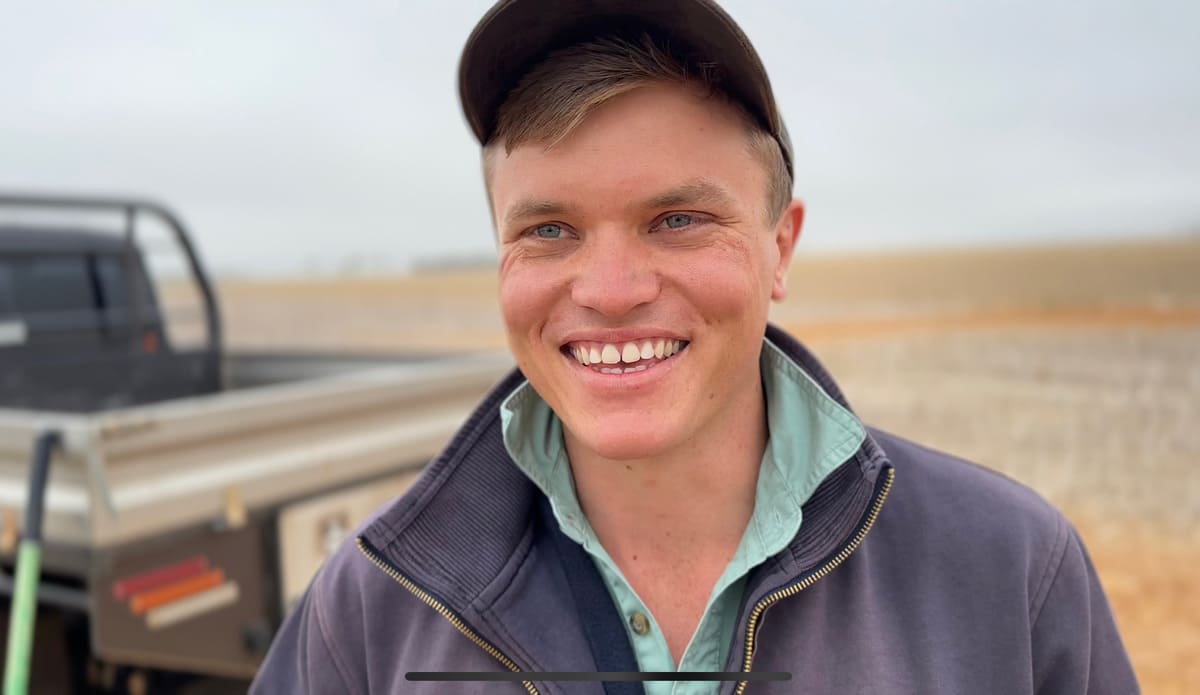
Application trials are also a valuable opportunity to ‘probe the system’, and Brad said they run strict trials in the paddock, using filters over pre-set maps, assessing whether they’re better off going under or over what the whole paddock wants.
“We also implement controlled traffic farming, using section control and auto-shut off on our implements, again to make us more efficient, and we have strategic testing programs in place so we’re always tracking soil nutrition, plant nutrition and grain nutrition.”
The other opportunity at Brad’s disposal was utilising data on-farm that the family already had.
Brad returned home to the farm in 2017 after completing a Bachelor of Agriculture at Curtin University, and digitising all the farm’s ag records was one of the first things on his agenda.
“In the dryland cropping game there’s a lot of data out there continually getting recorded, and I saw the opportunity to use that data to further develop and expand my own understanding and learnings within ag.”
“What went from a few different notebooks between machines, and never being able to remember what we did in which paddock and when, is now streamlined through cloud-based software so we can pull our phones out at any stage and have all that info at our fingertips.”
Digitising their on-farm data also allows for deeper analysis to better understand historic trends and help strengthen future decision-making.
“Initially I saw data as a way to fast track my learnings as a farmer, because as you know you have one season to make a decision, and it’s not until the end of that season until you see the result,” he explained. “I saw data as a way of understanding what we’d done in the past so I could better understand what we do in the future to ensure we can become more profitable and productive.”
Results speak for themself
As a direct result of implementing these practices, Brad said that despite a long term trend of declining rainfall – which over the past 10 years had dropped by 15 per cent – the average wheat yields had increased by 45 per cent.
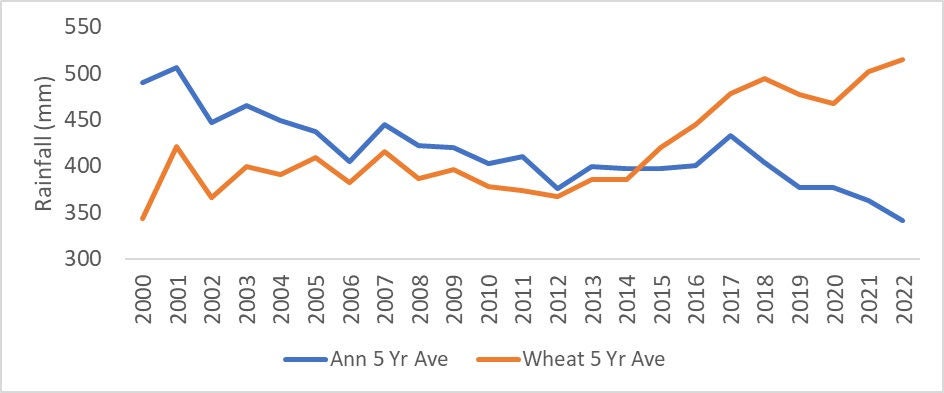
Over the past five years their property has experienced below average rainfall – with their five year average declining from 400mm to 340mm – yet their wheat yields have defied this trend, and are now their highest ever.
“The five year average wheat yield we’re achieving now is our highest, and this includes 2019 which was our worst year on record, with our past two years resulting in the best two wheat crops we’ve ever grown.”
The below yield maps, compared over a six-year period, further demonstrates the strength of production achieved through improved soil capacity and data-backed decision-making.
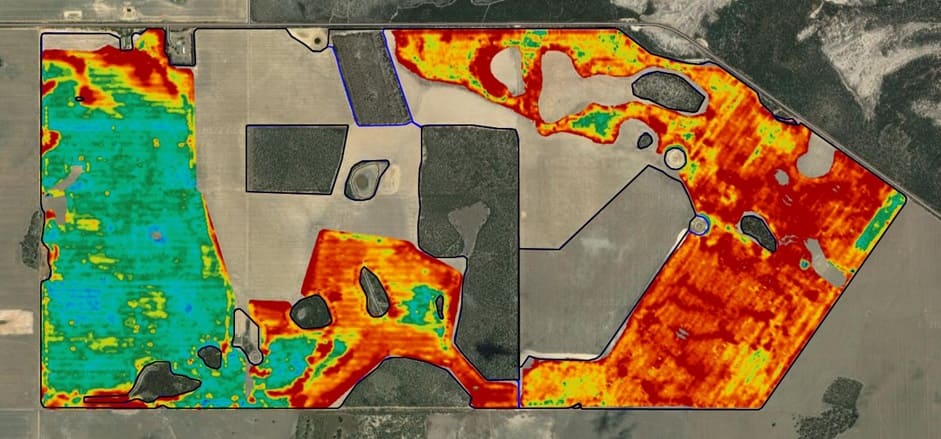
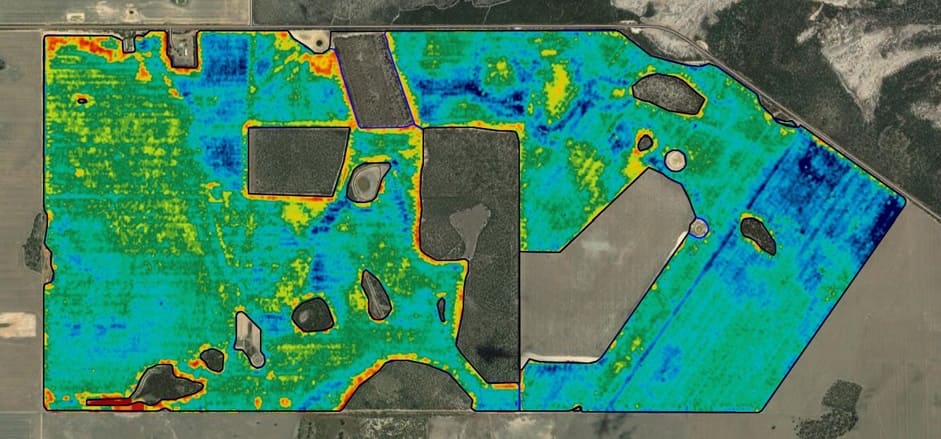
“We purchased this block in 2015, it was run down and regarded as the sandiest block in Scaddan and had sat on market for 9 years.”
“Now, over the past six years we’ve brought a lot more land into the system and evened up production,” he said.
The family has been able to alleviate much of the poorer areas, and now some of the previously worst farming country is now the highest yielding.
No change without challenge
Brad acknowledges that whilst the operation has enjoyed success with performance and increased production profitability, none would have been possible without effective communication
“I’ve had immense support from my family and partner Laura, but if we weren’t on this journey together and all on the same page trying to achieve the same goal then going ahead in that 2020 year and outlaying such a significant amount of capital would have been a really tough decision.”
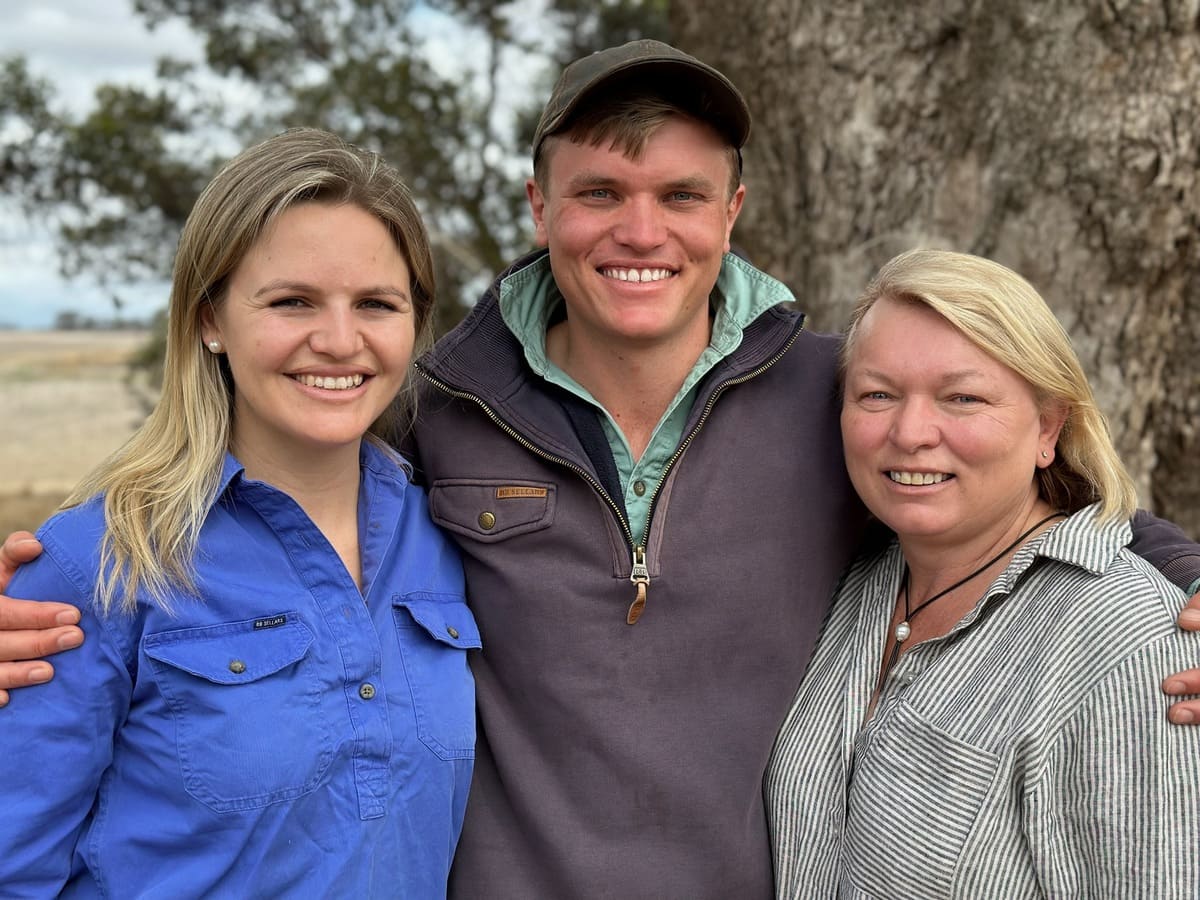
Laura, Brad and Elaine.
“Our data helped everyone sit comfortably in our decision-making, and ensures our conversations remain frank and honest to help each other to understand the goal.”
This extends through to the operation’s external stakeholders, with Brad grateful for their Rabobank Manager Ryan Meldrum’s full support.
“Progressing this farm has been a big investment which means our farm consultants, accountants, and bank have needed to understand what we’re doing, and we’ve gained their confidence by analysing the data to understand what’s happening on farm – the risk, the cost, and the benefit.”
“It’s validating that gut feel and demonstrating what the benefits are, and this opens the door to hard conversations backed by data.”
A focus on sustainability
Whether it’s environmental or economic, sustainability is at the core of the Egans’ operation.
“Our long-term soil improvements and best management practices allows us to grow diverse rotations, increase the fertility in the soil and increase biomass which increases carbon fixation,” Brad said.
“We’re being profitable in an economic sense, but also in an environmental sense – those soils would never have been able to be as healthy as they are without our intervention.”
The family is also contributing to agriculture’s rich story through traceability, with the Egans’ supplying their barley to the local Lucky Bay Brewery – a testament to the quality of production achieved on-farm through vision and innovation.
